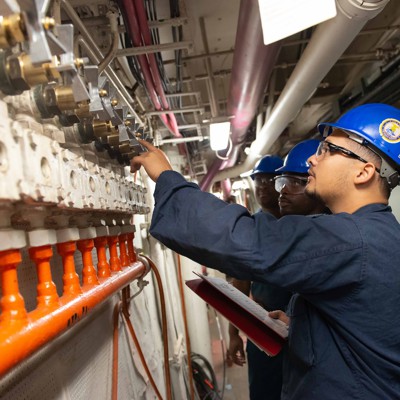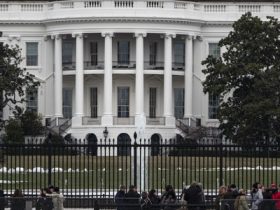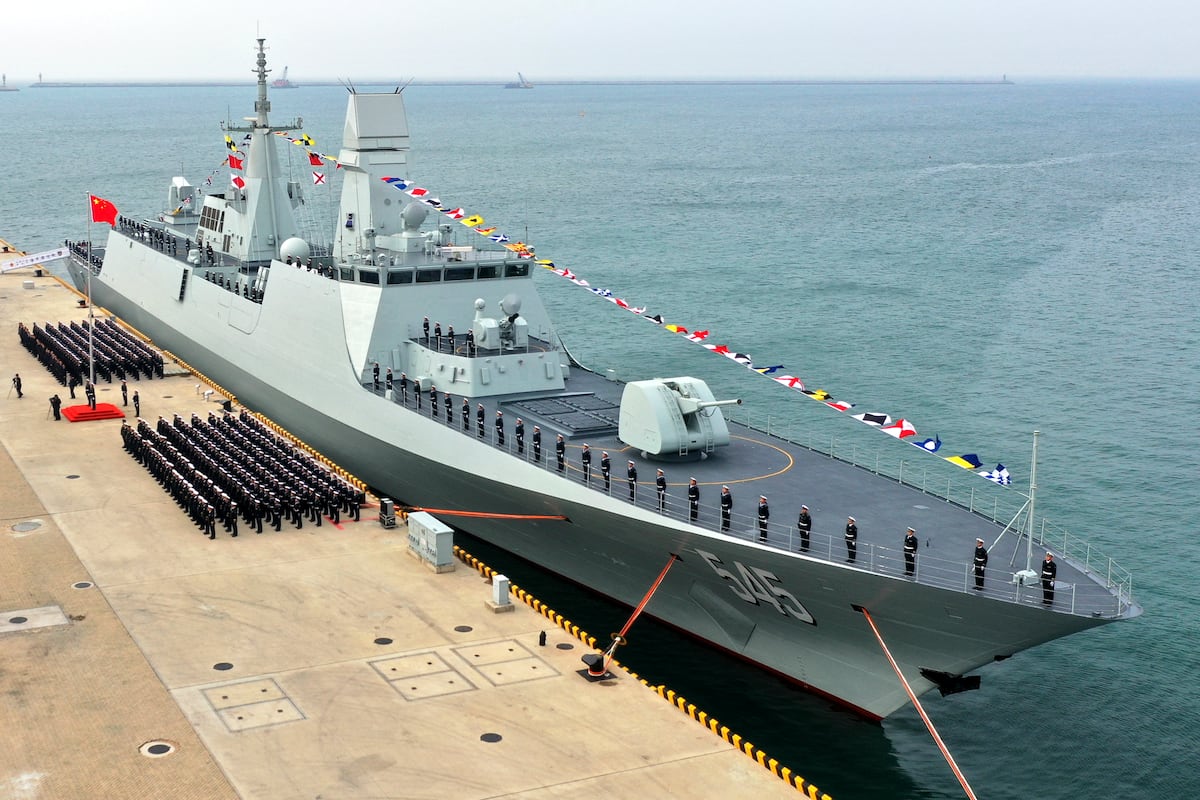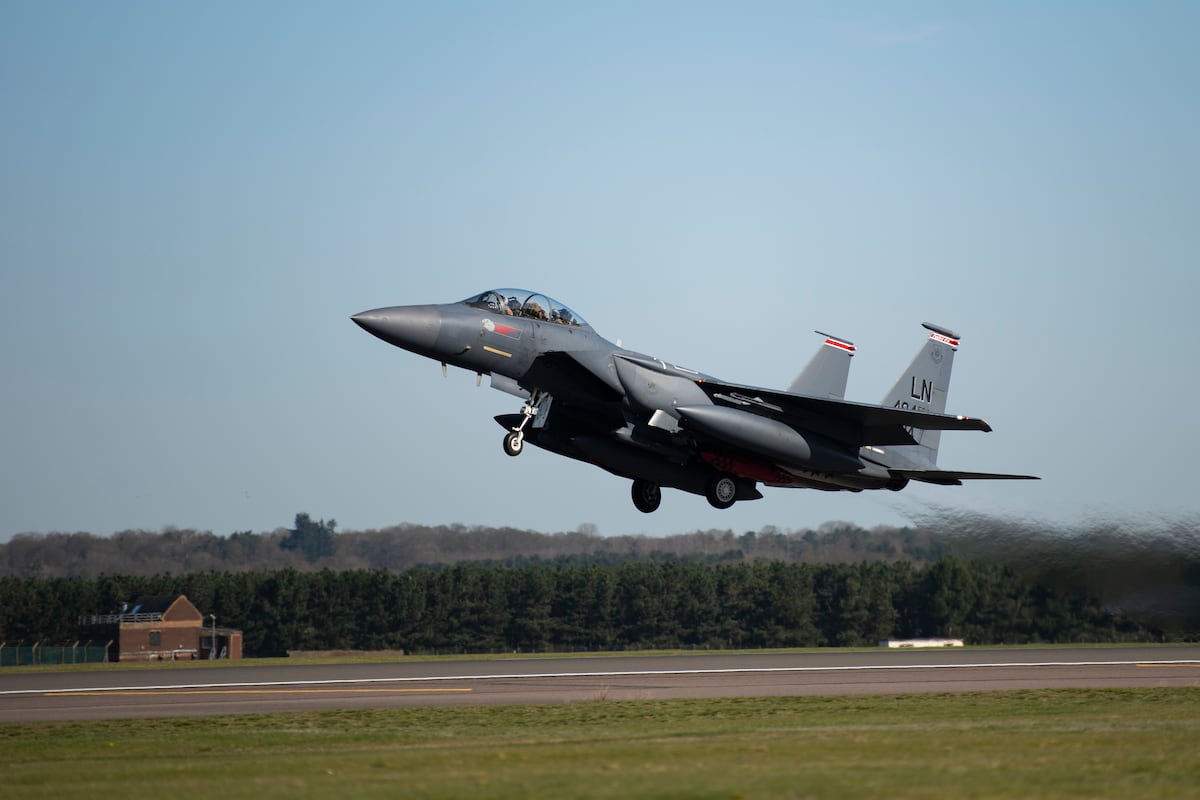As the Navy battles ongoing schedule delays, supply chain problems, and workforce challenges in its effort to produce more submarines, the service may need to turn to private repair shipyards to rebuild capacity, says the vice chair of the House Armed Services Committee.
“I would argue that there is some additional capability at existing yards. But one of the untapped potentials there are the ship maintenance yards,” Rep. Rob Wittman, R-Va., said at a Defense One event. “Ship maintenance yards have a whole bow wave of work that comes in, they get the work done, and then the work drops off.”
“These private repair yards have a lot of capacity to do work in new construction while they are managing the repair work there—much of it is exactly the same. In fact, what we’re seeing right now is the big yards using smaller contractors to build parts of those ships. So they’ll build a panel that slides into a submarine…and parts for aircraft carriers, for other surface ships. We need to find more opportunities to do that.”
Wittman also suggested incentives to encourage shipyards to complete work on time, as well as penalties for missing strict timeframes.
“And then give them incentives to say, how do you diversify the ship building enterprise? How do you do more than just what you do in the yard?” he said.
Earlier this year, the Navy set up a program office to focus on converting submarine industrial base efforts—including workforce and manufacturing technology—to submarine sustainment, surface shipbuilding, and repair, Matt Sermon, executive director of the strategic submarines program executive office, said at a Naval Submarine Symposium and industry update. Ship repair and maintenance were also prioritized in 2024 supplemental funding and the president’s 2025 budget.
“The sustainment goals are getting [nuclear-powered submarines] to 80 percent, getting the Ohio to even past the end of its life in serving the nation. But every bit as important [are] the manufacturing technology efforts and the workforce efforts that [submarine industrial base] is doing…those are a rising tide that floats all boats,” Sermon said. “We seek to help the entire supply chain, right? To have material available, and to get the workers in the public shipyards, in the repair yards.”
U.S. shipyards are up to three years behind on submarine orders for the Navy’s Columbia and Virginia class submarines, and the AUKUS deal to provide Australia with submarines has added even more pressure. To address that, the Navy wants to increase repairs of aging submarines to keep them operational for longer.
That plan would mean producing one Columbia- and two Virginia-class submarines each year, while also ensuring 80 percent of attack submarines were operational and available each year, National Defense Magazine reported.
The Navy previously floated the idea of repairing aging Ohio-class submarines to compensate for delays with the Columbia—a move that would help stabilize the U.S. sub-based nuclear capabilities.
“We all know that Columbia is struggling to stay on schedule. I mean that’s no secret,” Vice Adm. Johnny Wolfe, director for the Navy’s Strategic Systems Programs, told reporters during the Naval Submarine Symposium. “Even when that first Columbia comes in the water, the weapon system is the same as what’s on Ohio. So, if the Columbia were to be delayed, from a deterrence perspective, it’s not going to impact what the Navy has to do, because I’ll have an Ohio that has that system that fills that gap.”
The lack of skilled workers is also causing sub-building delays. The Defense Department is putting billions of dollars into rebuilding the submarine workforce—including an unconventional job advertising campaign—with tandem efforts in the Navy and the Pentagon. But officials are taking steps to make sure work isn’t duplicated, Sermon said.
In recent months, the Pentagon awarded Deloitte an up-to-$2.4 billion contract, followed by a nearly $1 billion contract with not-for-profit BlueForge Alliance to increase shipbuilding capacity by addressing workforce training and manpower shortages.
Sermon said most of the program executive office’s work with IBAS has focused on the workforce, and where it intersects with manufacturing technology.
“We’re partnering with [DOD’s Industrial Base Policy, or IBAS,] on what they’re doing, but they are executing those [submarine industrial base] workforce efforts through the Deloitte contract,” which is run by the defense secretary’s office and the General Services Administration, Sermon told Defense One on Thursday at the Naval Submarine League’s annual symposium.
Sermon said those contracting efforts, while coordinated with the Navy’s BlueForge contracts, don’t overlap.
“We’re making sure we’re pushing the right direction, that our projects are integrated with each other,” he said.
For 2025, DOD requested $4 billion to improve the submarine-building workforce, infrastructure, supply chain, manufacturing technologies, and government oversight. The Pentagon has also highlighted its investments in the submarine industrial base as part of its industrial base strategy to deter adversaries in the Indo-Pacific.
The Navy in September awarded and funded a $50 million direct contract with BlueForge, Sermon said. That contract has a $950 million ceiling, and the remainder is expected to be funded with 2025 appropriations once Congress passes a budget. The Navy also previously awarded BlueForge about $700 million as a subcontractor to General Dynamics Electric Boat to handle submarine industrial base workforce challenges, he said.
Read the full article here








Leave a Reply